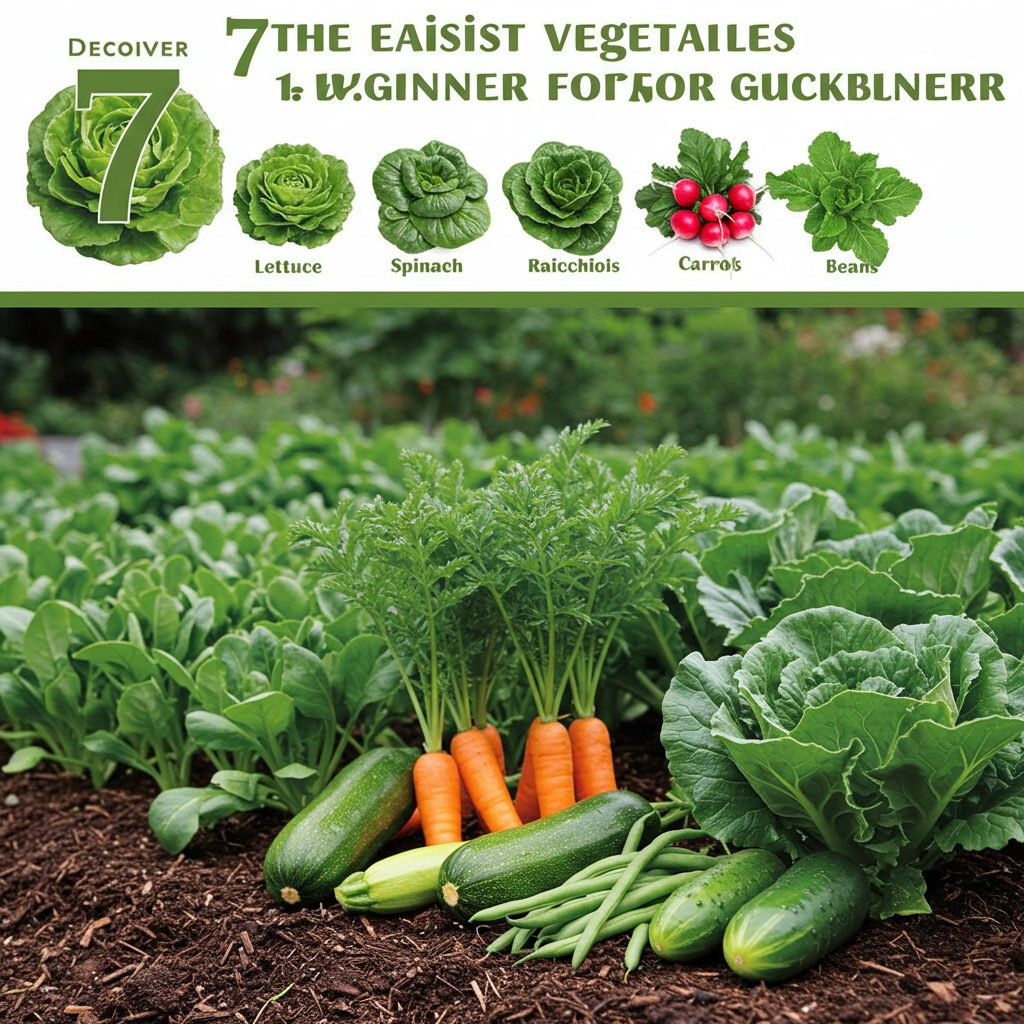Dreaming of a lush, productive garden but feeling overwhelmed by the thought of constant care and potential crop failures? You’re not alone. Many aspiring gardeners are intimidated by the perceived complexity of growing their own food. The good news is that you don’t need a green thumb or years of experience to enjoy fresh, organic produce right from your backyard.
Starting a vegetable garden can be one of the most rewarding experiences, offering fresh flavors, a connection to nature, and even a bit of stress relief. But where do you begin? The secret to a successful first garden (or a consistently bountiful one) lies in choosing the right plants. Some vegetables are incredibly forgiving, resilient, and virtually foolproof, making them perfect for beginners or anyone looking for a low-maintenance harvest.
In this comprehensive guide, we’ll unveil the top 7 easiest vegetables that promise a bountiful harvest with minimal fuss. We’ll dive into why they’re so beginner-friendly, essential growing tips, and the delicious rewards they offer. Get ready to transform your gardening dreams into a vibrant reality!
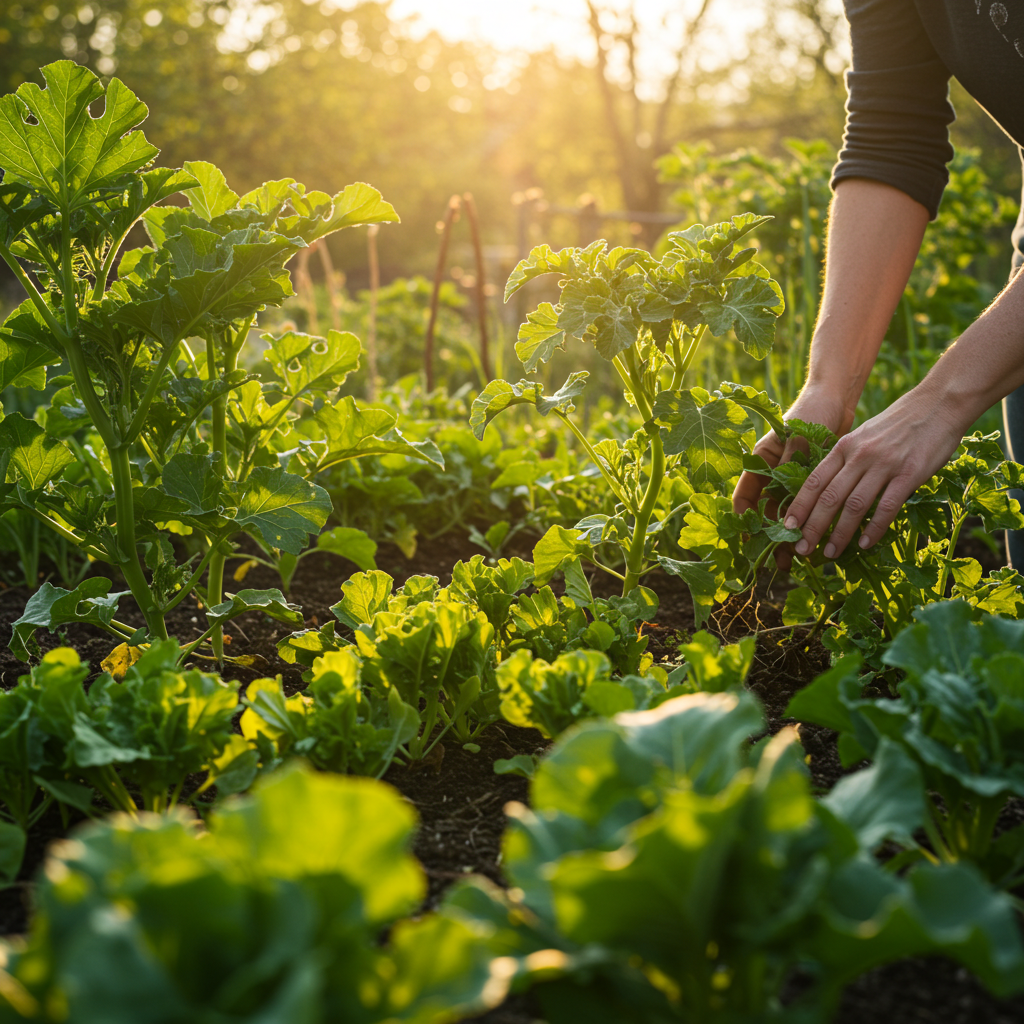
The Joys of Easy-Grow Vegetables
Before we jump into our top picks, let’s understand why focusing on easy-grow vegetables is a game-changer:
- Higher Success Rate: Minimizes disappointment and builds confidence, encouraging you to continue gardening.
- Less Time and Effort: Perfect for busy individuals or those new to gardening who don’t want to commit to high-maintenance crops.
- Cost-Effective: Growing your own food significantly reduces grocery bills, especially for popular staples.
- Fresher and Healthier: Enjoy produce picked at its peak, bursting with flavor and nutrients, free from pesticides and harmful chemicals.
- Educational: A fantastic way to learn the basics of gardening without being overwhelmed, providing a solid foundation for more challenging crops later on.
Now, let’s explore the champions of easy gardening!
1. Lettuce and Leafy Greens (Loose-Leaf Varieties)
Why They’re Easy: Lettuce, spinach, arugula, and other loose-leaf greens are the quintessential fast-food of the garden. They grow incredibly quickly from seed, often ready for harvest in as little as 3-4 weeks. Unlike head lettuce, loose-leaf varieties allow for cut-and-come-again

harvesting, meaning you can snip off outer leaves as needed, and the plant will continue to produce more. They also tolerate a bit of shade, which is a bonus for gardens with varying sun exposure.
- Growing Tips:
- Sunlight: Prefer partial shade to full sun (4-6 hours). Too much intense sun can cause them to bolt (go to seed) quickly.
- Soil: Well-draining, rich soil with consistent moisture.
- Planting: Sow seeds directly in the garden every 2-3 weeks for a continuous harvest. Barely cover the seeds with soil.
- Watering: Keep the soil consistently moist, especially during dry spells.
- Pest Control: Generally resilient, but keep an eye out for slugs and aphids. Row covers can offer protection.
Bountiful Harvest: Enjoy fresh salads daily, add to sandwiches, or lightly sauté. The more you harvest, the more they grow!
2. Radishes
Why They’re Easy: Radishes are the sprinters of the vegetable garden, going from seed to harvest in an astonishing 3-4 weeks. Their rapid growth makes them incredibly satisfying, especially for impatient gardeners or children. They require minimal space and can even be interplanted between slower-growing crops.
- Growing Tips:
- Sunlight: Full sun to partial shade (at least 6 hours).
- Soil: Loose, well-draining soil free of rocks, which can deform the roots. Amend with compost.
- Planting: Sow seeds directly about half an inch deep and an inch apart. Thin to 2-3 inches apart once seedlings emerge.
- Watering: Consistent moisture is key to tender, flavorful radishes. Irregular watering can lead to tough, spicy roots.
- Succession Planting: Sow small batches every week or two for a continuous supply.
Bountiful Harvest: Perfect for adding a peppery crunch to salads, sliced on buttered bread, or roasted for a milder flavor. Don’t forget the greens, which are also edible!
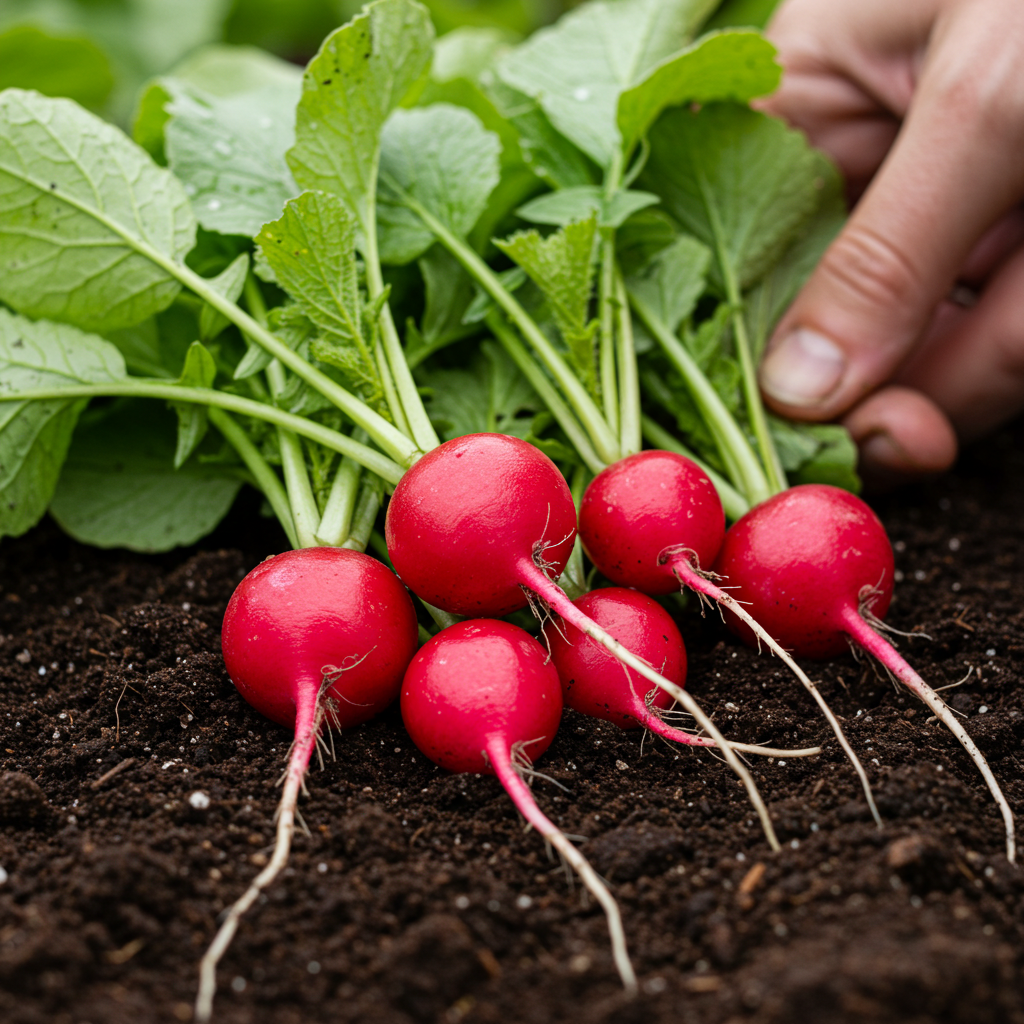
3. Bush Beans
Why They’re Easy: Bush beans are a gardener’s dream. Unlike pole beans, they don’t require trellising or support, growing into compact, self-supporting plants. They are prolific producers, yielding many harvests from a single planting. They’re also nitrogen-fixers, meaning they improve your soil quality as they grow.
- Growing Tips:
- Sunlight: Full sun (at least 6-8 hours).
- Soil: Well-draining soil, rich in organic matter. Avoid high-nitrogen fertilizers, which promote leafy growth over bean production.
- Planting: Sow seeds directly after the last frost, once soil temperatures are consistently above 60°F (15°C). Plant 1 inch deep and 4-6 inches apart.
- Watering: Keep soil consistently moist, especially during flowering and pod development. Water at the base to prevent fungal diseases.
- Harvesting: Pick pods when they are tender and snap easily. Frequent harvesting encourages more production.
Bountiful Harvest: Steam, sauté, roast, or add to stir-fries. They also freeze wonderfully for year-round enjoyment.
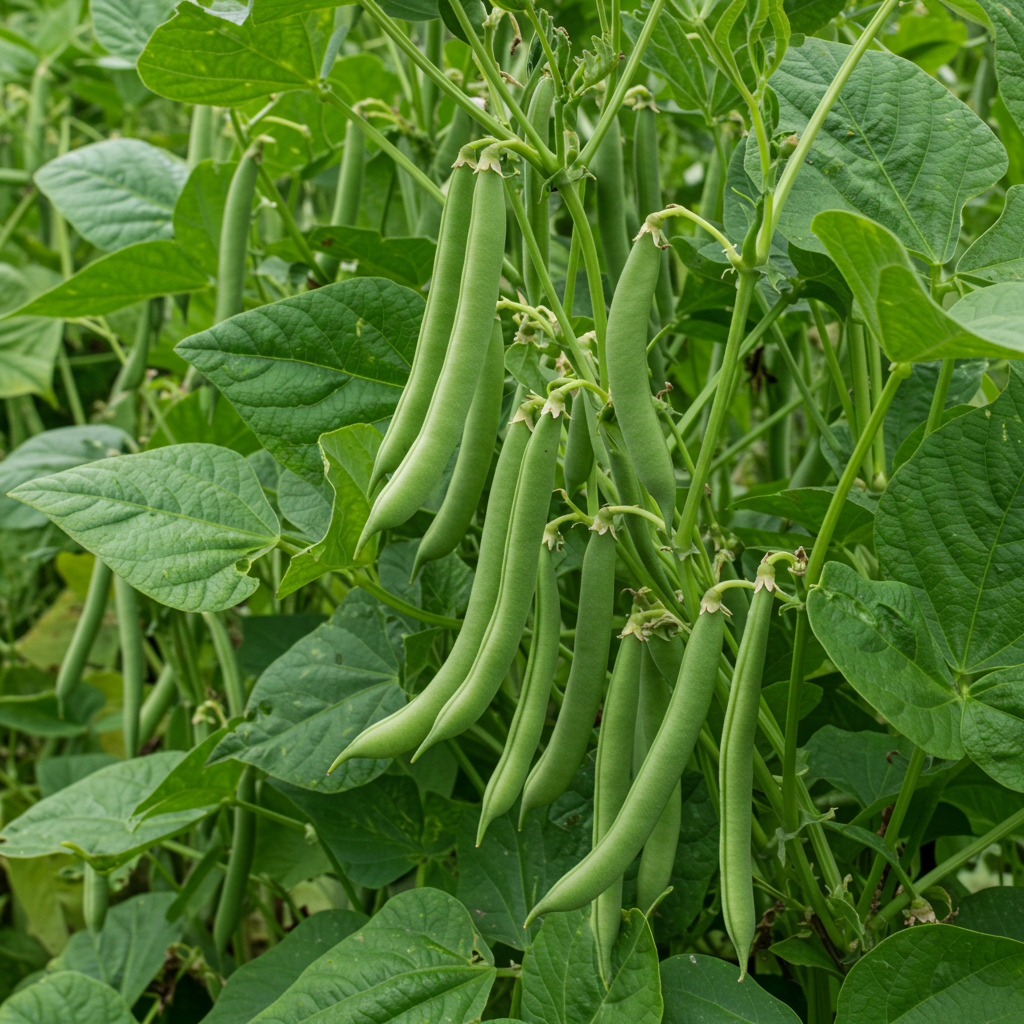
4. Zucchini and Summer Squash
Why They’re Easy: Often joked about for their incredible productivity, zucchini and summer squash are incredibly easy to grow and yield abundant harvests. One or two plants can provide a family with more than enough squash throughout the season. They’re forgiving of various soil conditions and grow quickly.
- Growing Tips:
- Sunlight: Full sun (at least 6-8 hours).
- Soil: Rich, well-draining soil. Amend with plenty of compost.
- Planting: Sow seeds directly after the last frost, planting 1 inch deep. Give them plenty of space – 2-3 feet between plants.
- Watering: Deep, consistent watering, especially during dry periods. Water at the base to avoid wetting leaves.
- Harvesting: Pick when young and tender (6-8 inches long for zucchini). Regular harvesting encourages more fruit. If left on the vine, they can grow to giant, less flavorful sizes.
Bountiful Harvest: Grill, sauté, spiralize into zoodles, bake into bread, or add to stir-fries. They are incredibly versatile!
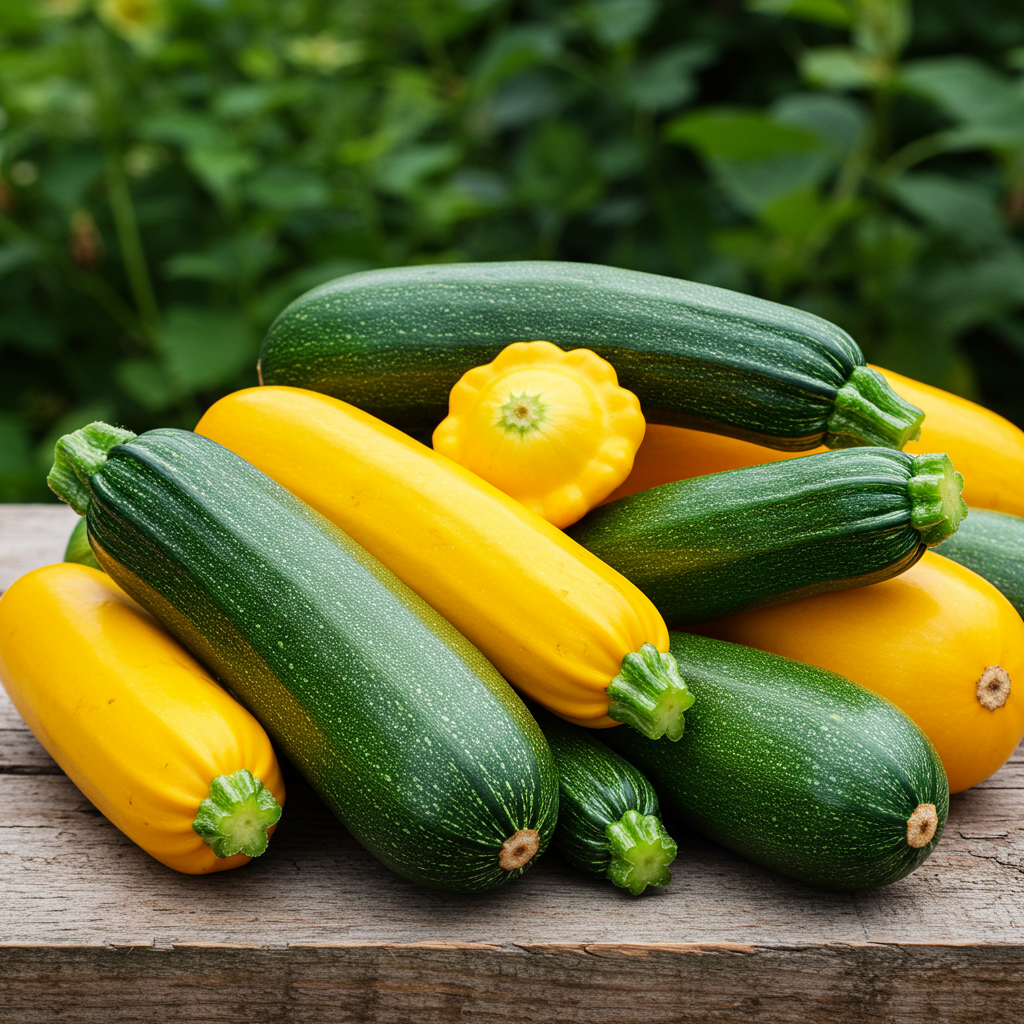
5. Cherry Tomatoes
Why They’re Easy: While larger slicing tomatoes can be a bit finicky, cherry tomatoes are incredibly robust and productive. They are more resistant to diseases, produce fruit earlier, and continue to bear fruit generously throughout the season. Their smaller size also means they ripen faster, making them a more reliable choice for beginners.
- Growing Tips:
- Sunlight: Full sun (at least 6-8 hours) is essential for best fruiting.
- Soil: Rich, well-draining soil with a pH of 6.0-6.8. Add plenty of compost.
- Planting: Plant after all danger of frost has passed. Bury a portion of the stem to encourage stronger root development. Provide sturdy stakes or cages as they grow tall.
- Watering: Consistent, deep watering at the base is crucial. Avoid overhead watering to prevent fungal diseases.
- Pinching: For indeterminate varieties, pinch off suckers (shoots growing in the crotch of two branches) to direct energy into fruit production, though cherry tomatoes are often forgiving even if not rigorously pruned.
Bountiful Harvest: Pop them directly from the vine, add to salads, roast with herbs, or make quick sauces. Their sweetness is unparalleled when sun-ripened.
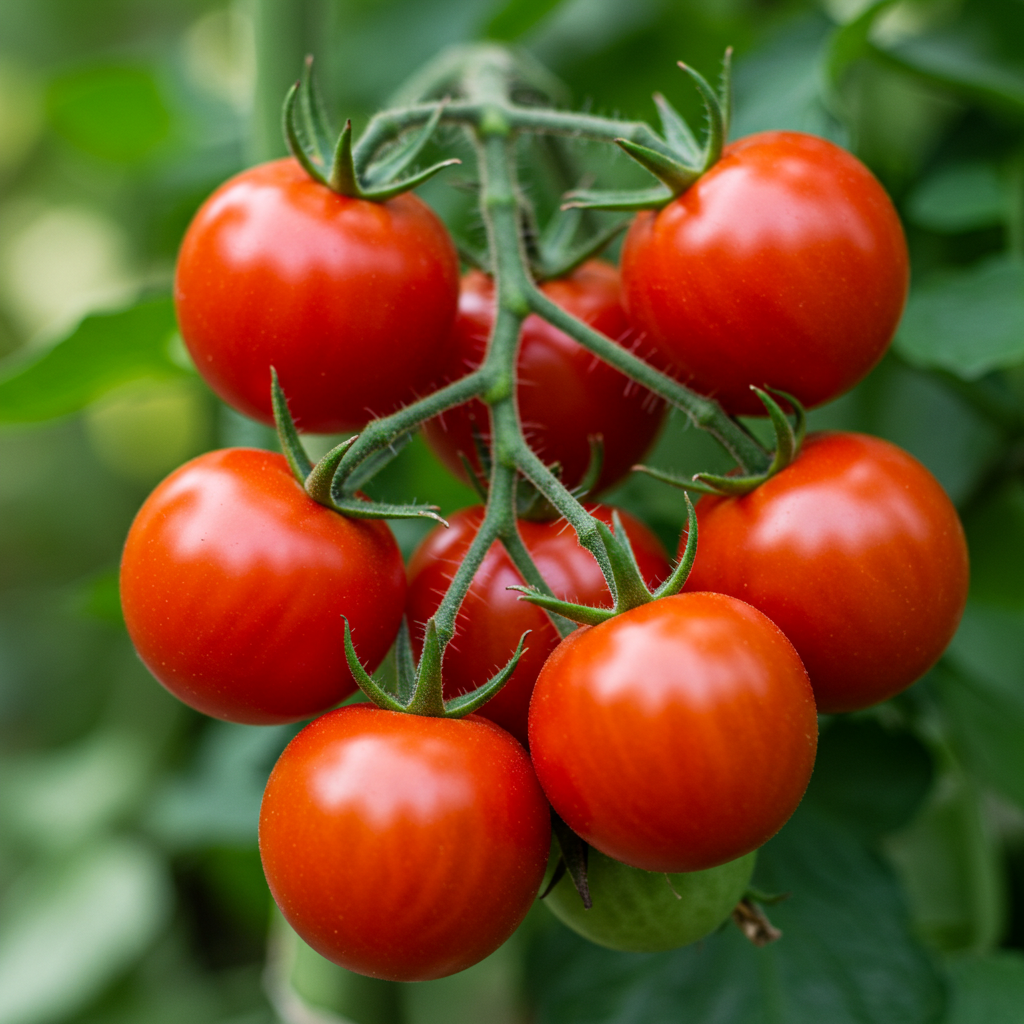
6. Peas (Shelling and Snap)
Why They’re Easy: Peas are a cool-season crop that can be planted early in spring, giving gardeners an exciting head start on the growing season. They are relatively low-maintenance, requiring only a simple trellis or support for climbing varieties. Shelling peas offer sweet, tender peas, while snap peas provide edible pods that are a delight to munch on raw.
- Growing Tips:
- Sunlight: Full sun (6+ hours) for best production.
- Soil: Well-draining, fertile soil. Peas are nitrogen-fixers, so they don’t need much supplemental nitrogen.
- Planting: Sow seeds directly in early spring as soon as the soil can be worked. Plant 1 inch deep and 2-3 inches apart. Provide a trellis or support for climbing varieties.
- Watering: Keep the soil consistently moist, especially during flowering and pod development.
- Harvesting: Pick shelling peas when the pods are plump and full. Harvest snap peas when the pods are still young, tender, and crispy. Regular picking encourages more production.
Bountiful Harvest: Enjoy fresh from the pod, add to stir-fries, salads, or steam lightly. They also freeze well for later use.
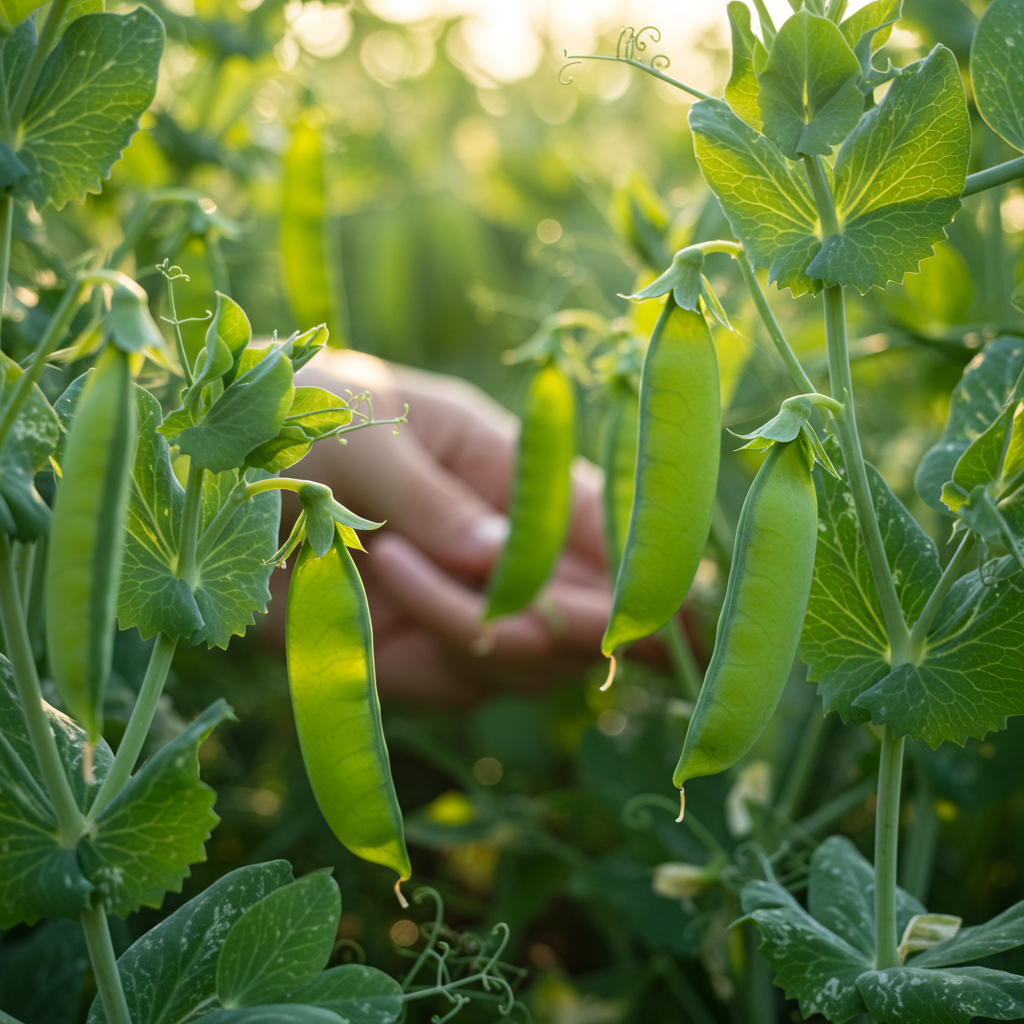
7. Swiss Chard
Why They’re Easy: Swiss chard is a powerhouse of nutrients and an incredibly resilient vegetable. It tolerates both cooler temperatures and some summer heat better than many other leafy greens, providing a long harvesting season. Its vibrant stems (red, yellow, orange, white) also add a beautiful aesthetic to the garden, making it an edible ornamental.
- Growing Tips:
- Sunlight: Full sun to partial shade (at least 4-6 hours).
- Soil: Rich, well-draining soil with consistent moisture. Amend with compost.
- Planting: Sow seeds directly about half an inch deep and 4-6 inches apart. Thin seedlings to 8-12 inches apart.
- Watering: Keep soil consistently moist, especially during dry periods, to prevent bitterness.
- Harvesting: Use the cut-and-come-again method: harvest outer leaves as needed, leaving the inner leaves to continue growing. You can harvest leaves when they are young and tender or allow them to grow larger.
Bountiful Harvest: Steam, sauté, add to soups, stews, or quiches. The leaves can be used like spinach, and the colorful stems are delicious when cooked until tender.

General Tips for a Successful Easy-Grow Garden
Even with the easiest vegetables, a few foundational practices will significantly boost your success:
- Choose the Right Location: Select a spot with adequate sunlight for your chosen plants.
- Prepare Your Soil: Healthy soil is the foundation of a healthy garden. Amend with organic matter like compost to improve drainage, fertility, and water retention.
- Water Wisely: Consistent watering is key. Avoid overwatering or letting plants dry out completely. Water deeply and at the base of the plant.
- Mulch: Apply a layer of organic mulch (straw, wood chips, shredded leaves) around your plants. This helps retain soil moisture, suppress weeds, and regulate soil temperature.
- Monitor for Pests and Diseases: Regularly inspect your plants. Early detection allows for easier, often organic, intervention.
- Start Small: Don’t try to plant everything at once. Begin with a few easy vegetables, learn their needs, and expand as your confidence grows.
- Succession Planting: For many of these quick-growing vegetables (like lettuce, radishes, beans), plant small batches every 2-3 weeks to ensure a continuous harvest rather than a single, overwhelming glut.
Companion Planting for Enhanced Growth
Consider companion planting to naturally deter pests and boost growth. For example, planting marigolds near your vegetables can repel nematodes, while nasturtiums can act as a trap crop for aphids. Bush beans pair well with corn and squash (the three sisters method). Doing a little research into beneficial pairings can make your garden even more resilient and productive.
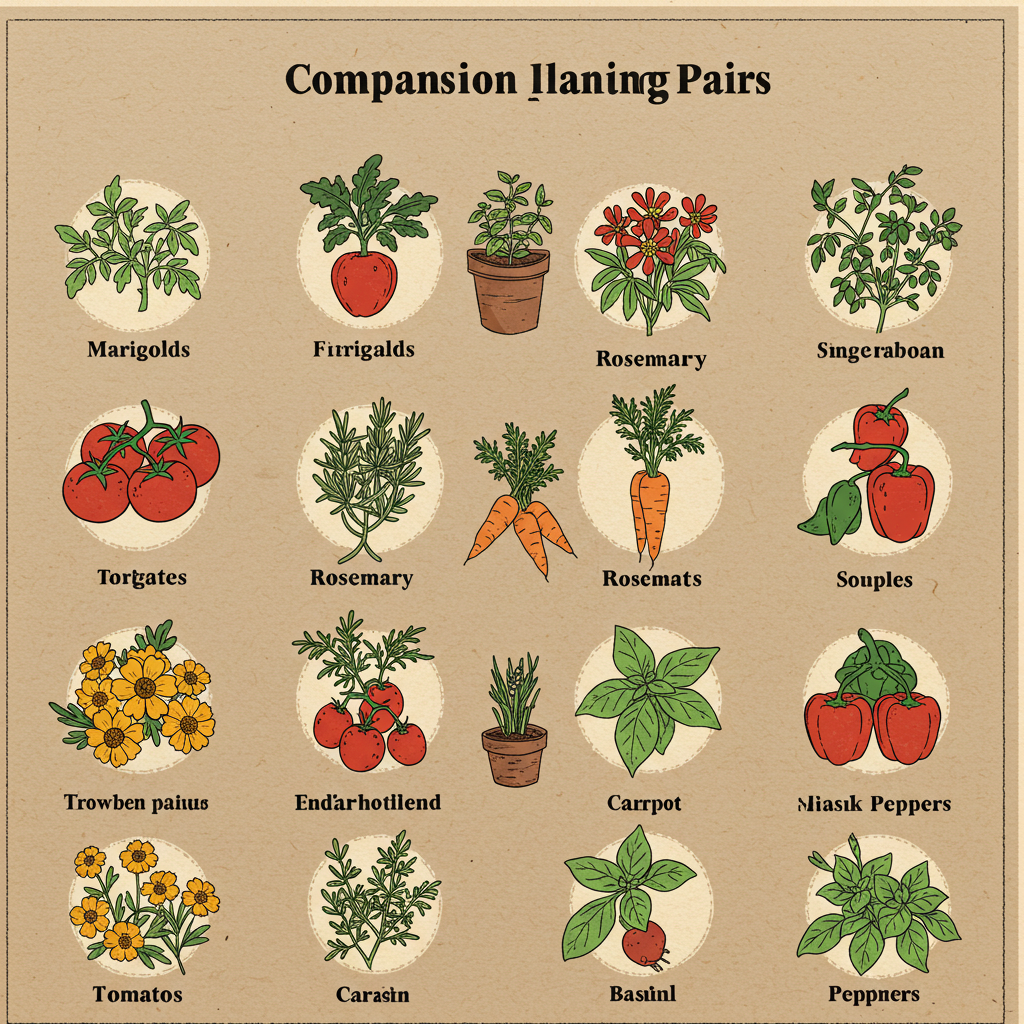
Conclusion: Your Bountiful, Beginner-Friendly Garden Awaits!
Embarking on your gardening journey doesn’t have to be a daunting task. By selecting these top 7 easiest vegetables to grow, you’re setting yourself up for undeniable success and a truly bountiful harvest. From the rapid gratification of radishes to the continuous yield of cherry tomatoes, these resilient plants will reward your minimal efforts with an abundance of fresh, delicious produce.
Imagine stepping outside and plucking crisp lettuce for your salad, snapping tender beans for dinner, or grabbing sun-warmed cherry tomatoes for a snack. It’s not just a dream – it’s an achievable reality with the right plant choices. So, roll up your sleeves, get your hands in the soil, and prepare to enjoy the incredible satisfaction of growing your own food. Happy gardening!
